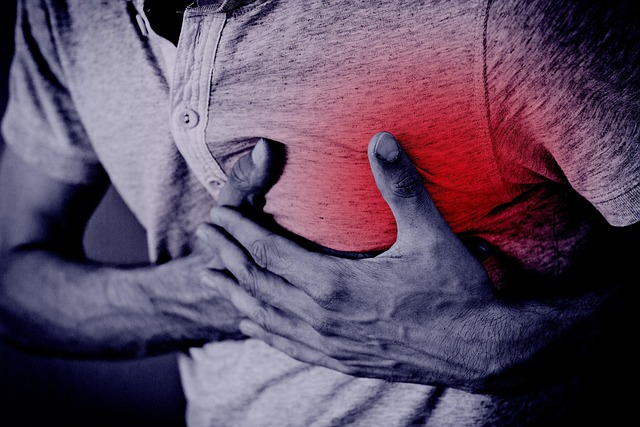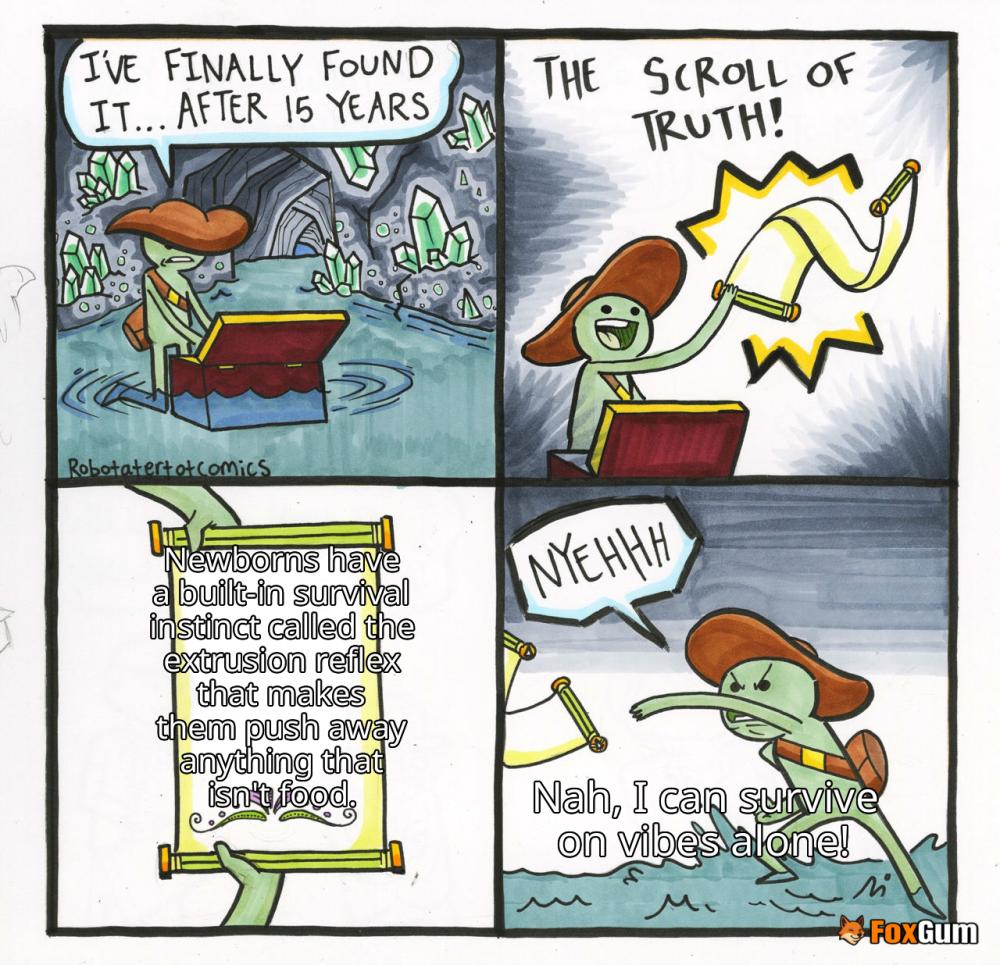
Emotional Awareness and Expression Therapy Manual
Introduction to Emotional Awareness and Expression Therapy
Emotional Awareness and Expression Therapy (EAET) is a therapeutic approach designed to address the complex interplay between emotional experiences and chronic pain. This innovative therapy recognizes that many individuals suffering from chronic pain often carry the weight of past traumas, psychological conflicts, and relationship issues that can exacerbate their physical symptoms. By focusing on emotional awareness and expression, EAET aims to provide a holistic solution that transcends traditional pain management techniques.
The Foundations of EAET
EAET is rooted in various psychological theories and practices, integrating elements from emotion-focused therapy, intensive psychodynamic therapy, and exposure-based therapies. This multifaceted approach allows practitioners to explore the underlying emotional factors contributing to a patient's pain. The therapy is structured into five class sessions, led by a team that includes both the developers of EAET and experienced practitioners. This collaborative learning environment fosters a deeper understanding of the therapy's principles and techniques.
Understanding Chronic Pain and Its Emotional Connections
Chronic pain is not merely a physical ailment; it is often intertwined with emotional distress. Many patients with chronic pain have histories marked by trauma or adversity. These experiences can create psychological conflicts that manifest as physical symptoms. Traditional behavioral pain management approaches may overlook these emotional dimensions, leaving patients without a comprehensive treatment plan. EAET addresses this gap by focusing on the emotional aspects of pain, allowing for a more integrated approach to healing.
Core Principles of EAET
- Emotional Awareness: The first step in EAET involves helping patients recognize and understand their emotions. By fostering emotional awareness, individuals can begin to identify the feelings that may be contributing to their pain.
- Expression of Emotions: Once emotions are recognized, the next step is to express them. This can be achieved through various techniques, including verbal expression, creative outlets, and therapeutic exercises.
- Integration of Experiences: EAET encourages patients to integrate their emotional experiences with their physical sensations. This holistic approach helps individuals understand the connection between their emotional state and their pain.
- Therapeutic Relationship: The relationship between the therapist and the patient is crucial in EAET. A supportive and empathetic therapeutic environment allows for deeper exploration of emotions and fosters healing.
- Continuous Practice: EAET emphasizes the importance of ongoing practice. Patients are encouraged to continue exploring and expressing their emotions beyond therapy sessions, promoting long-term healing and self-awareness.
Techniques Used in EAET
EAET employs a variety of techniques to facilitate emotional awareness and expression. These may include:
- Therapeutic Conversations: Engaging in dialogue that encourages patients to articulate their feelings and experiences.
- Creative Expression: Utilizing art, music, or writing as a means of expressing emotions that may be difficult to verbalize.
- Mindfulness Practices: Incorporating mindfulness techniques to help patients stay present with their emotions and physical sensations.
- Role-Playing: Allowing patients to enact scenarios that evoke emotional responses, facilitating deeper understanding and expression.
Effectiveness of EAET
Numerous clinical trials have demonstrated the effectiveness of EAET in reducing pain and improving overall functioning. By addressing the emotional roots of pain, patients often experience significant relief and enhanced quality of life. This therapy not only alleviates physical symptoms but also empowers individuals to reclaim their emotional well-being.
Conclusion
Emotional Awareness and Expression Therapy represents a significant advancement in the treatment of chronic pain. By integrating emotional awareness with pain management, EAET offers a compassionate and comprehensive approach to healing. As more individuals seek holistic solutions to their pain, the principles and techniques of EAET will continue to play a vital role in transforming lives.

















 Local Routes of Drug Administration Ppt
Local Routes of Drug Administration Ppt 
 Health
Health  Fitness
Fitness  Lifestyle
Lifestyle  Tech
Tech  Travel
Travel  Food
Food  Education
Education  Parenting
Parenting  Career & Work
Career & Work  Hobbies
Hobbies  Wellness
Wellness  Beauty
Beauty  Cars
Cars  Art
Art  Science
Science  Culture
Culture  Books
Books  Music
Music  Movies
Movies  Gaming
Gaming  Sports
Sports  Nature
Nature  Home & Garden
Home & Garden  Business & Finance
Business & Finance  Relationships
Relationships  Pets
Pets  Shopping
Shopping  Mindset & Inspiration
Mindset & Inspiration  Environment
Environment  Gadgets
Gadgets  Politics
Politics 